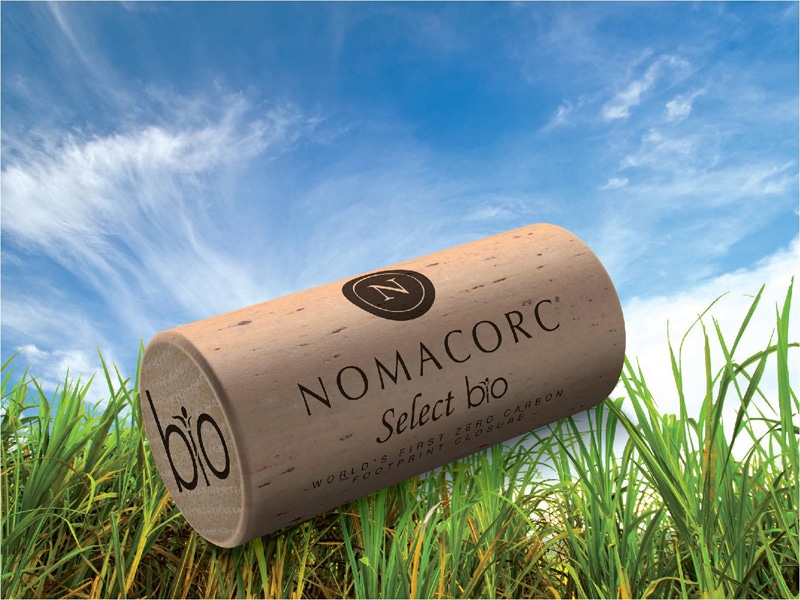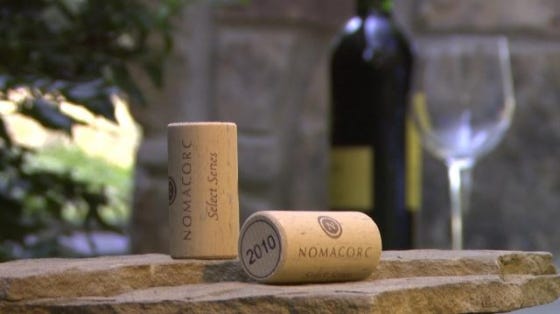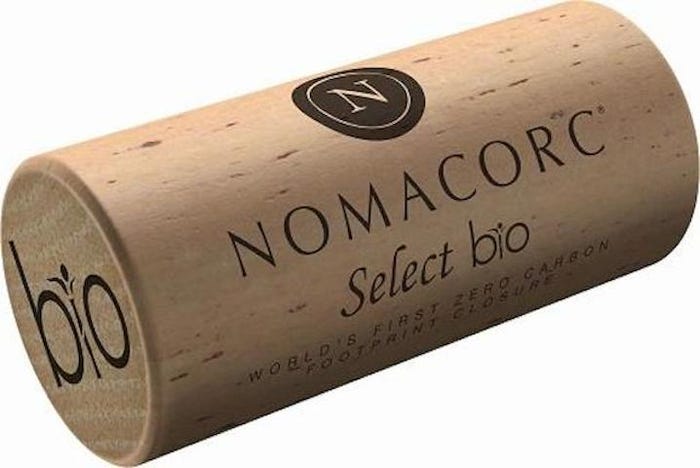Corked wine a thing of the past with a ‘green’ Corc
It's a wine lover's worst nightmare: uncorking a bottle of expensive wine, only to discover that it is 'corked.' In other words, tainted by TCA (2-4-6 trichloroanisole), which gives wines a moldy smell and off-flavor. Over twenty years ago, it happened to Belgian businessman and wine connoisseur named Gert Noël. After opening several bottles of corked wine at a family party, he decided that this was a problem that needed solving - and he was going to try and solve it. Six years later, the first Nomacorc LDPE synthetic wine closure was born.
May 8, 2014

It's a wine lover's worst nightmare: uncorking a bottle of expensive wine, only to discover that it is 'corked.' In other words, tainted by TCA (2-4-6 trichloroanisole), which gives wines a moldy smell and off-flavor. Over twenty years ago, it happened to Belgian businessman and wine connoisseur named Gert Noël. After opening several bottles of corked wine at a family party, he decided that this was a problem that needed solving - and he was going to try and solve it. Six years later, the first Nomacorc LDPE synthetic wine closure was born.
 That was 15 years ago. The company developed a patented two-stage co-extrusion process, in which first a long, foamed cylinder is extruded, which forms the closure's core. Then a second extrusion process applies a flexible outer skin, which is thermally bonded to the inner cylinder. The shape is stabilized in cooling water after which the closures are cut to the proper length.
That was 15 years ago. The company developed a patented two-stage co-extrusion process, in which first a long, foamed cylinder is extruded, which forms the closure's core. Then a second extrusion process applies a flexible outer skin, which is thermally bonded to the inner cylinder. The shape is stabilized in cooling water after which the closures are cut to the proper length.
And today the company is the recognized world leader in synthetic wine closures - the result of continual investment in R&D, which has led to the introduction of a steady stream of innovative Nomacorc products that winemakers around the world have embraced. The company has built up an extensive pool of knowledge about how oxygen impacts wine quality and preservation, resulting in, among other things, the introduction of its select series of wine bottle closures, designed to offer advanced solutions for the complex oxygen management requirements of various wines.
The newest addition to this series, introduced this year, is the Select Bio plant-based wine bottle closure, which is produced using Braskem's green polyethylene. It's a surprising new application for this material, the choice of which was motivated by a desire to develop a more sustainable packaging solution. "The use of Braskem's green polyethylene made from sugarcane gave us the materials we needed to offer our customers carbon-neutral corks," said Olav Aagaard, principal scientist at Nomacorc.
The new Select Bio closures are 100% recyclable and feature the same oxygen-management performance as the conventional line, while also preventing deterioration and waste caused by processes such as oxidation and reduction. The green plastic made from sugarcane ethanol, a 100% renewable raw material, captures 2.15 kilograms of CO2 for every kilogram produced.
Braskem inaugurated its green ethylene plant in September 2010. This marked the start of green polyethylene production on an industrial and commercial scale, effectively transforming the company into the global leader in the biopolymer market. Today, the industrial unit has annual production capacity of 200 kton of green polyethylene, which has the same properties, performance and application versatility as fossil-based polyethylene. It's a drop-in replacement in the plastic production chain - not biodegradable, but recyclable in the same recycling chain as used by traditional polyethylene.
The Green PE portfolio, which was originally comprised of high density polyethylene (HDPE) and linear low density polyethylene (LLDPE) products, rapidly became an option for applications in rigid and flexible packaging, closures, bags and other products. In January 2014, low-density polyethylene (LDPE) was added to the product portfolio, effectively covering additional applications in packaging and films.
And, now, synthetic 'green' corks, as well.
The Nomacorcs make the same satisfying popping noise as natural corks when released from the bottle. They don't crumble or get moldy. Unlike natural corks, their quality is consistent. They have a zero carbon footprint.
And best of all? They're not screw tops.
About the Author(s)
You May Also Like


